Mama, Please Don’t Take My Kodachrome Away!
I guess that Paul Simon song says it all about Kodachrome. Did we ever think it would come to this? Kodachrome is a brand name for a non-substantive, color reversal film. It was one of the first successful color materials used for both cinematography and still photography. Kodachrome was introduced for public consumption by Kodak in 1935. It was aimed at the amateur market and the quickly growing “home slide show” crowd. Which may account for why it has a misleading reputation for crude and garish color. But in fact Kodachrome was remarkably subtle, fine-grained and tonally rich. And also 10 ISO in it’s first incantation. It could record both the dainty pastel colors of fabric and skin, and the equally garish colors of the newest pre-war automobiles and displays of neon blanketing a Times Square. It was the cat’s meow.

Because of its complex processing requirements, the film was sold process-paid in the United States until 1954, when a legal ruling prohibited this. Elsewhere, this arrangement continued. For many years it was used for professional color photography, especially for images intended for publication in print media. Because of the growth and popularity of alternative photographic materials, its complex processing requirements, and the widespread transition to digital photography, Kodachrome lost its market share. Hence, manufacturing was discontinued in 2009 and its processing ended in December 2010. (see Kodachrome, the movie)
Kodachrome II – Film for color slides
Kodachrome was the first color film that used a subtractive color method to be successfully mass-marketed. Previous materials, such as Autochrome and Dufaycolor, had used the additive screenplate methods. Until its discontinuation, Kodachrome was the oldest surviving brand of color film. It was manufactured for 74 years in various formats to suit still and motion picture cameras, including 8 mm, Super 8, 16 mm for movies (exclusively through Eastman Kodak), and 35 mm for movies (exclusively through Technicolor Corp as “Technicolor Monopack”) and 35 mm, 120, 110, 126, 828 and large format for still photography.
Kodachrome is appreciated in the archival and professional market for its dark-storage longevity. Because of these qualities, it was used by professional photographers like Steve McCurry, Peter Guttman and Alex Webb. McCurry used Kodachrome for his well-known 1984 portrait of Sharbat Gula, the “Afghan Girl” for the National Geographic magazine. It was used by Walton Sound and Film Services in the UK in 1953 for the official 16 mm film of the coronation of Elizabeth II of the United Kingdom. Copies of the film for sale to the public were also produced using Kodachrome.
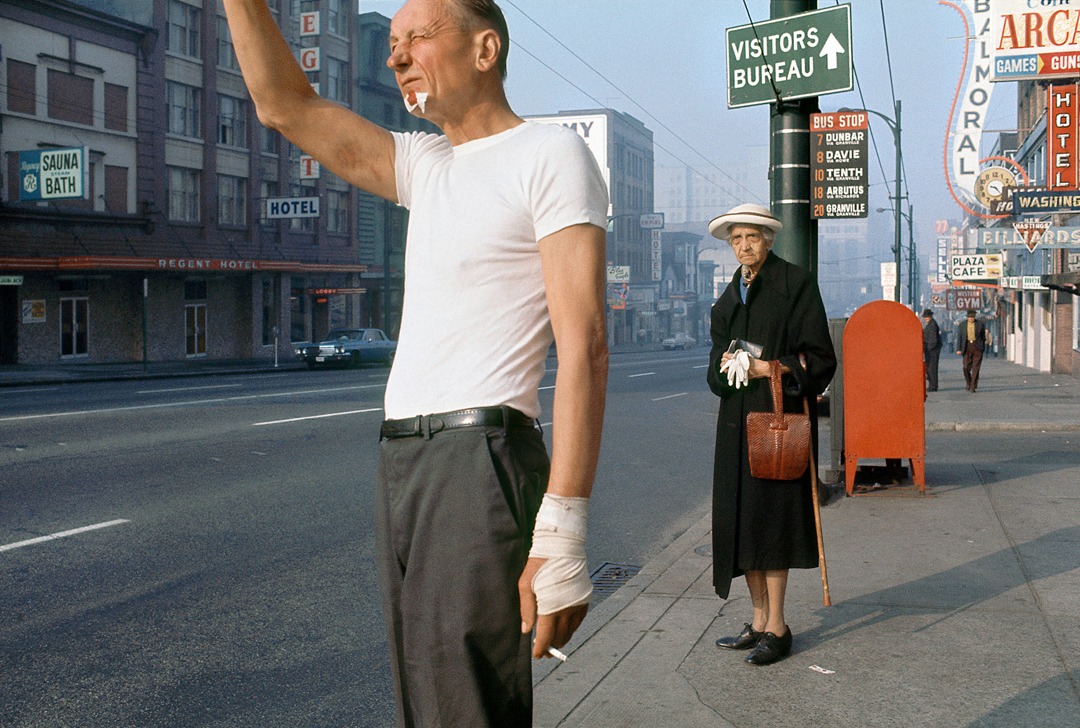
History
Before Kodachrome film was marketed in 1935, most color photography had been achieved using additive methods and materials such as Autochrome and Dufaycolor, which were the first practical color processes. These had several disadvantages because they used a réseau filter made from discrete color elements that were visible upon enlargement. The finished transparencies absorbed between 70% and 80% of light upon projection, requiring very bright projection lamps, especially for large projections. Using the subtractive method, these disadvantages could be avoided.
First use of ‘Kodachrome’ Name
The first Kodak product called Kodachrome was invented by John Capstaff in 1913. His Kodachrome was a subtractive process that used only two colors: blue-green and red-orange. It required two glass plate negatives, one made using a panchromatic emulsion and a red filter, the other made using an emulsion insensitive to red light. The two plates could be exposed as a “bipack” (sandwiched emulsion to emulsion, with a very thin red filter layer between), which eliminated the need for multiple exposures or a special color camera. After development, the silver images were bleached out with chemistry that hardened the bleached portions of the gelatin.
Using dyes which were absorbed only by the unhardened gelatin, the negative that recorded the blue and green light was dyed red-orange and the red-exposed negative was dyed blue-green. The result was a pair of positive dye images. The plates were then assembled emulsion to emulsion, producing a transparency that was capable of surprisingly good (for a two-color process) color rendition of skin tones in portraits. Capstaff’s Kodachrome was made commercially available in 1915. It was also adapted for use as a 35 mm motion picture film process. Today, this first version of Kodachrome is nearly forgotten, completely overshadowed by the next Kodak product bearing the name Kodachrome.
Development of modern Kodachrome
The next, and famous, version of Kodachrome was invented in the early 1930s by two professional musicians, Leopold Godowsky, Jr. and Leopold Mannes, who were also university-trained scientists.
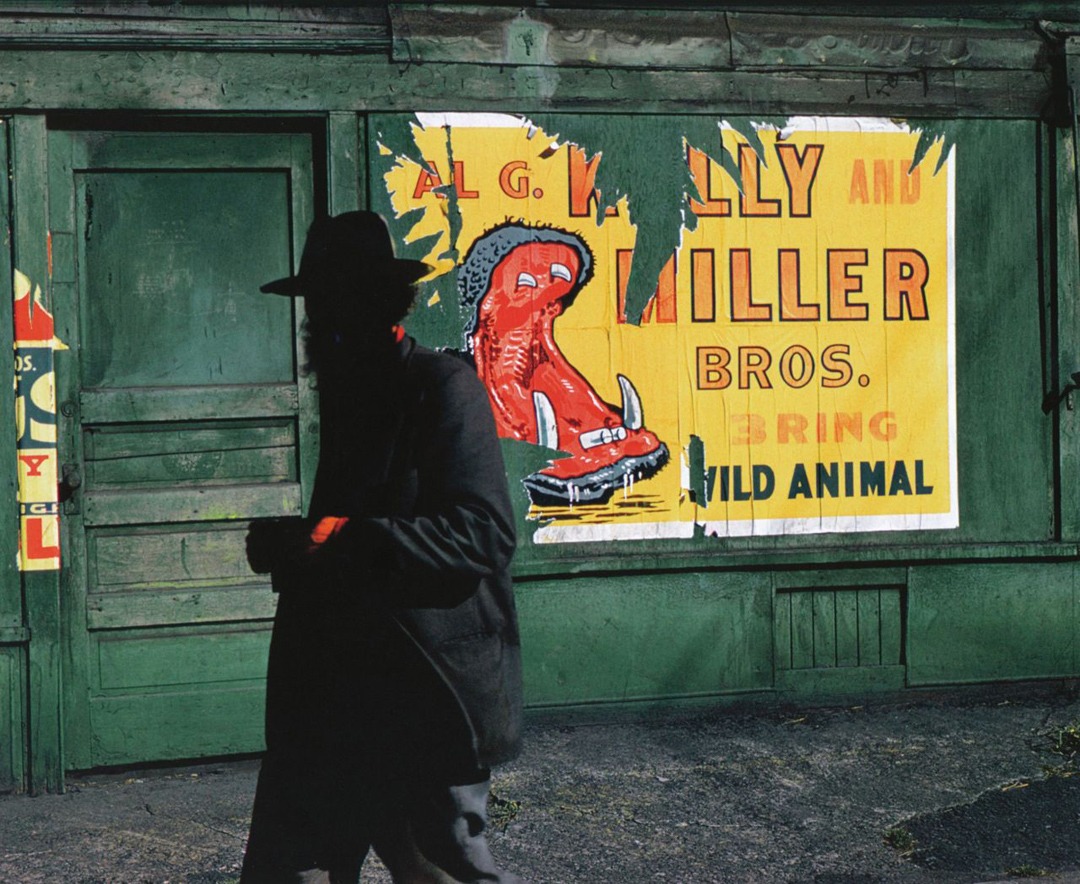
Mannes and Godowsky first took an interest in color photography when in 1917, still high school pupils at the time. After reading up on the subject in the library they started to experiment with additive color processes. Their experiments were continued during their college years, eventually producing a camera having two lenses that project images side by side on a single strip of film.
More Science
Their experiments, which continued after they finished college. Such a multi-layered film had already been invented and patented in 1912 by the German inventor Rudolph Fischer.
Each of the three layers in the proposed film would be sensitive to one of the three primary colors. When the silver images are bleached away, the three color dye image would remain.
Wandering Dyes
Some three years later they were still experimenting using this controlled diffusion method of separating the colors in the multi-layer emulsion, but by then they had decided that instead of incorporating the color couplers into the emulsion layers themselves, they could be added to the developing chemicals, solving the problem of wandering color couplers. The only part left of Fischer’s original problem with a multi-layer emulsion were the wandering sensitizing dyes.
In 1929 money ran out, and Mees decided to help them once more. Mees knew that the solution to the problem of the wandering dyes had already been found by one of Kodak’s own scientists, Leslie Brooker. So he gave Mannes and Godowsky enough money to pay off the loan Kuhn Loeb had supplied and offered them a yearly salary. He also gave them a three-year deadline to come up with a finished and commercially viable product.
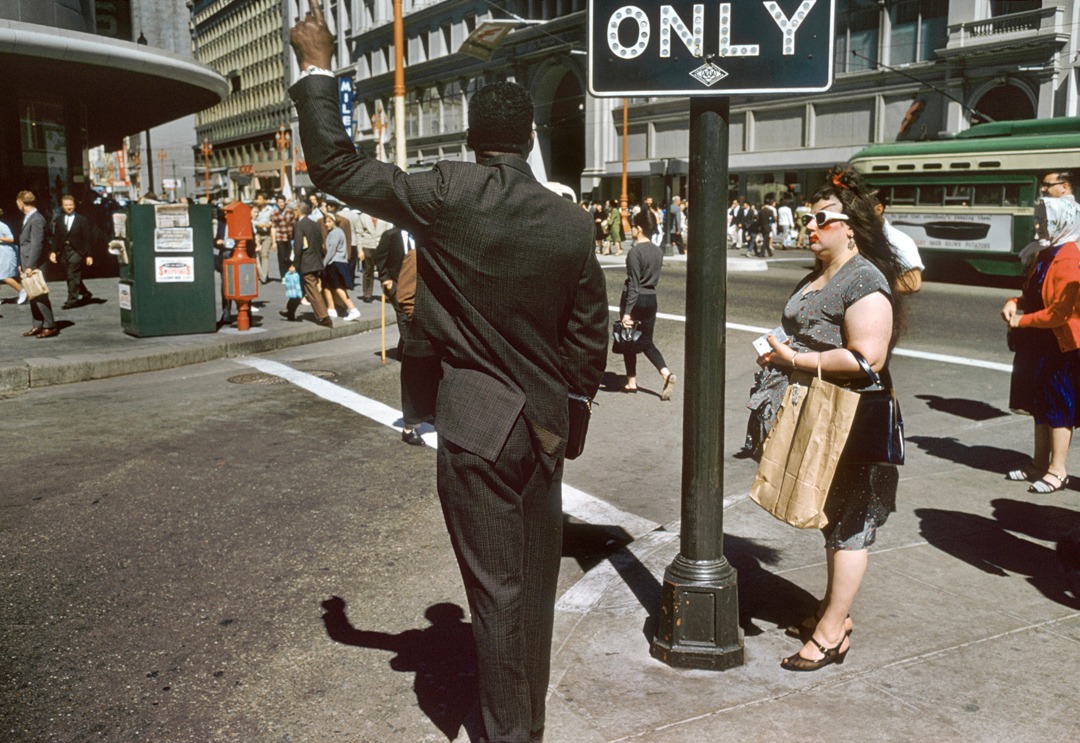
1935 and the Movies
Not long before the three-year period would expire, at the end of 1933, Mannes and Godowsky still had not managed to come up with anything usable, and thought their experiments would be terminated by Kodak. Their only chance for survival was to invent something in a hurry. Something that the company could put into production and capitalise. Mees, however, granted them a one-year extension. Two-color, it must be noted, as was the original Kodachrome invented by John Capstaff some 20 years earlier.
Mees immediately set things in motion to produce and market this film, but just before Kodak was about to introduce the two-color film in 1935, Mannes and Godowsky completed work on the long-awaited but no longer expected, much better, three-color version. On April 15, 1935, this new film, borrowing the name from Capstaff’s process, was formally announced.
Launch and later history
Kodachrome was first sold in 1935 as 16 mm movie film. and the following year it was made available in 8 mm movie film, and in 35mm and 828 formats for stills cameras. In later years, Kodachrome was produced in a wide variety of film formats including 120 and 4×5, and in ISO/ASA values ranging from 8 to 200.
Until its manufacturers were taken over by rival film manufacturer GAF, view-master stereo reels used Kodachrome films.
Decline and discontinuation
Other transparency films, such as Fujifilm Fujichrome and Kodak Ektachrome use the simpler, quicker, and more accessible E-6 process. This eroded Kodachrome’s market share, as the quality of competing films improved during the 1980’s and 1990’s. As digital photography reduced the demand for all film after 2000, Kodachrome sales further declined. On June 22, 2009, Kodak announced it would no longer manufacture Kodachrome film and cited declining demand.

During its heyday, many Kodak and independent laboratories processed Kodachrome, but by 2010, one Kodak-certified facility remained: Dwayne’s Photo in Parsons, Kansas. On July 14, 2010, it was announced that the last roll of Kodachrome manufactured had been developed by Dwayne’s for photographer Steve McCurry, a National Geographic photographer. McCurry had asked Kodak for the last roll in stock, then went out on his own to use that roll. Although McCurry retains ownership of the slides, prints of the 36 slides are permanently housed at the George Eastman House in Rochester, New York and most of the pictures have been published on the Internet by Vanity Fair magazine.
Emulsion
Kodachrome films are non-substantive. Unlike substantive transparency and negative color films, Kodachrome films did not incorporate dye couplers into the emulsion layers. The dye couplers were added during processing. This means that Kodachrome emulsion layers are thinner and less light is scattered upon exposure, meaning that the film could record an image with more sharpness than substantive films. Transparencies made with non-substantive films have an easily visible relief image on the emulsion side of the film. Kodachrome films have a dynamic range of around 12 stops, or 3.6–3.8D.
Color
The color rendering of Kodachrome films was unique in color photography for several decades after its introduction in the 1930s. Even after the introduction of other successful professional color films, such as Fuji Velvia, some professionals continued to prefer Kodachrome, and maintain that it still has certain advantages over digital. Steve McCurry told Vanity Fair magazine:
“I’ve been shooting digital for years, but I don’t think you can make a better photograph under certain conditions than you can with Kodachrome. If you have good light and you’re at a fairly high shutter speed, it’s going to be a brilliant color photograph. It had a great color palette. It wasn’t too garish. Some films are like you’re on a drug or something. Velvia made everything so saturated and wildly over-the-top, too electric. Kodachrome had more poetry in it, a softness, an elegance. With digital photography, you gain many benefits [but] you have to put in post-production. [With Kodachrome,] you take it out of the box and the pictures are already brilliant.”
Archival stability
When stored in darkness, Kodachrome’s long-term stability under suitable conditions is superior to other types of color film. This is because developed Kodachrome does not retain unused color couplers. However, Kodachrome’s color stability under bright light, for example during projection, is inferior to substantive slide films. Kodachrome’s fade time under projection is about one hour, compared to Fujichrome’s two and a half hours.
Unprocessed Kodachrome film may survive long periods between exposure and processing. In one case, several rolls were exposed and then lost in a Canadian forest. Upon discovery 19 years later they were processed and the slides were usable.
Digital scanning and resolution
A 35mm Kodachrome transparency contains an equivalent of approximately 140 megapixels of data in the 24 mm x 36 mm image. Scanning Kodachrome transparencies can be problematic because of the film’s tendency to scan with a blue color cast. Some software producers deliver special Kodachrome color profiles with their software to avoid this. An IT8 calibration with a special Kodachrome calibration target is necessary for accurate color reproduction.
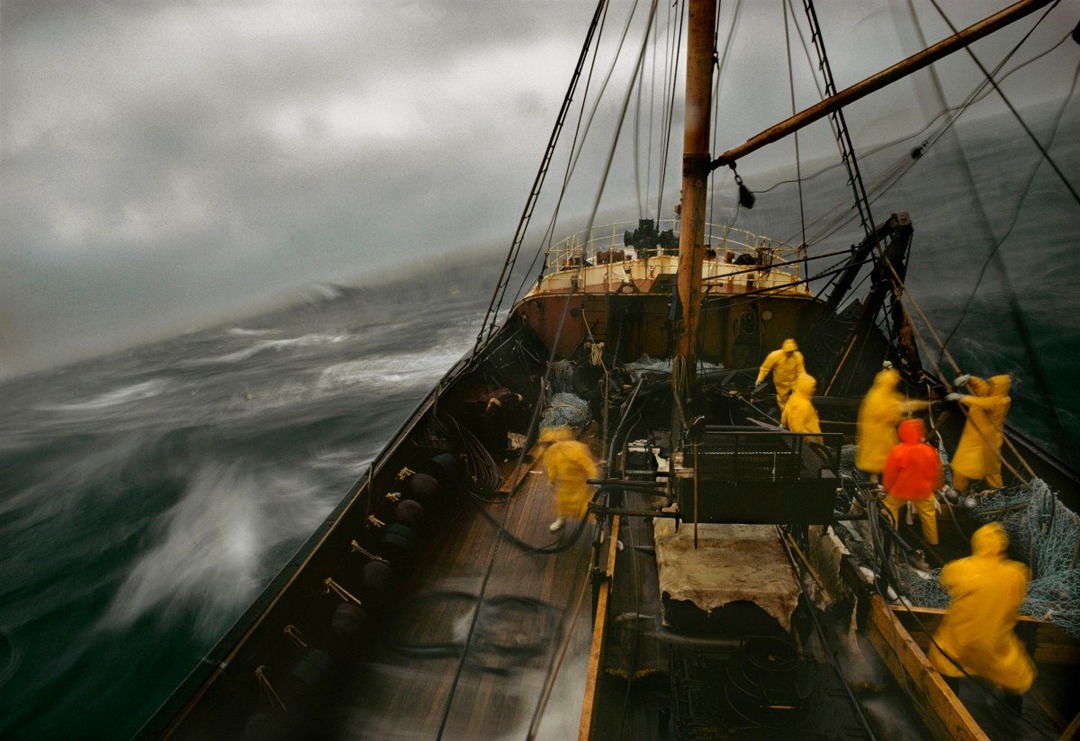
Many scanners use an additional infrared channel to detect defects, as the long wave infrared radiation passes through the film but not through dust particles. Dust, scratches, and fingerprints on the slide are typically detected and removed by a scanner’s software. Kodachrome interacts with this infrared channel in two ways. The absorption of the cyan dye extends into the near infrared region, making this layer opaque to infrared radiation. Kodachrome also has a pronounced relief image that can affect the infrared channel. These effects can sometimes cause a slight loss of sharpness in the scanned image when Digital ICE or a similar infrared channel dust removal function is used.
Processing of Kodachrome films
Kodachrome, and other non-substantive films, required complex processing that could not practicably be carried out by amateurs. The process underwent four significant alterations since its inception. The final version of the process, designated K-14, was introduced in 1974. The process was complex and exacting, requiring technicians with extensive chemistry training and large, complex machinery.
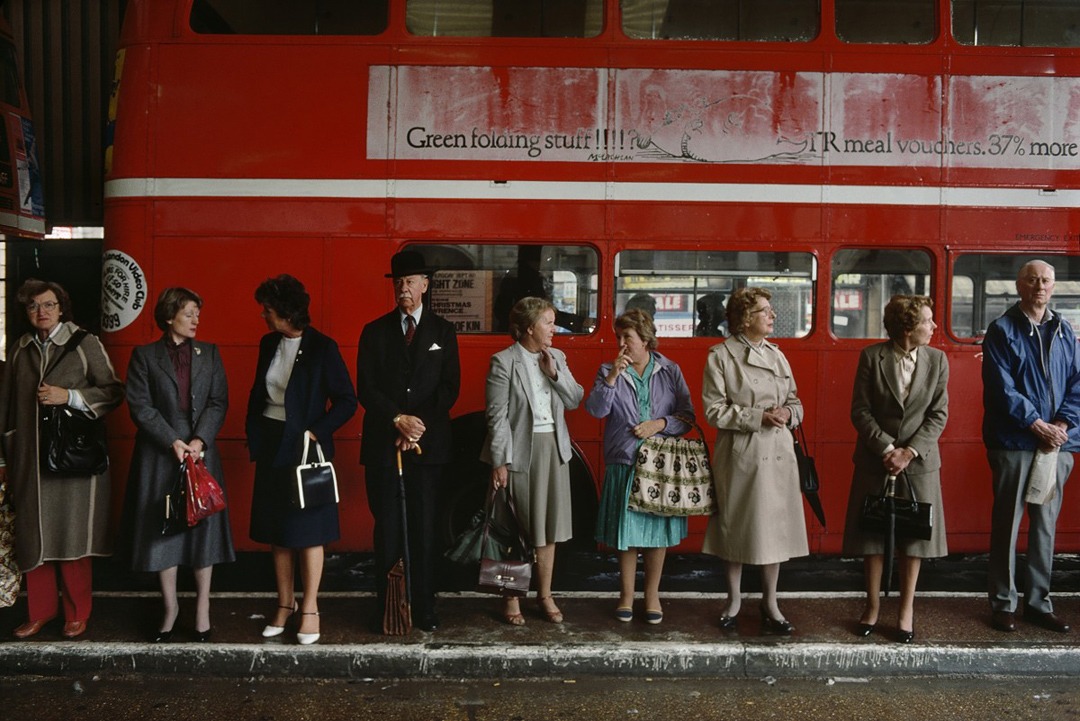
The first step in the process was the removal of the antihalation backing with an alkaline solution and wash. The film was then developed using a developer containing phenidone and hydroquinone, which formed three superimposed negative images, one for each primary color. After the first developer was washed out, the film underwent re-exposure and redevelopment. Re-exposure fogged the silver halides that were not developed in the first developer. A color developer then developed the fogged image, and its exhaustion products reacted with a color coupler to form a dye in the color complementary to the layer’s sensitivity.
The red-sensitive layer was re-exposed through the base of the film with red light, then redeveloped forming cyan dye. The blue-sensitive layer was re-exposed through the emulsion side of the film with blue light, then redeveloped forming yellow dye. The green-sensitive layer was redeveloped with a developer that chemically fogged it and formed magenta dye. After color development, the metallic silver was converted to silver halide using a bleach solution. The film was then fixed, making these silver halides soluble and leaving only the final dye image. The final steps were to wash the film and mount the film in slide frames.
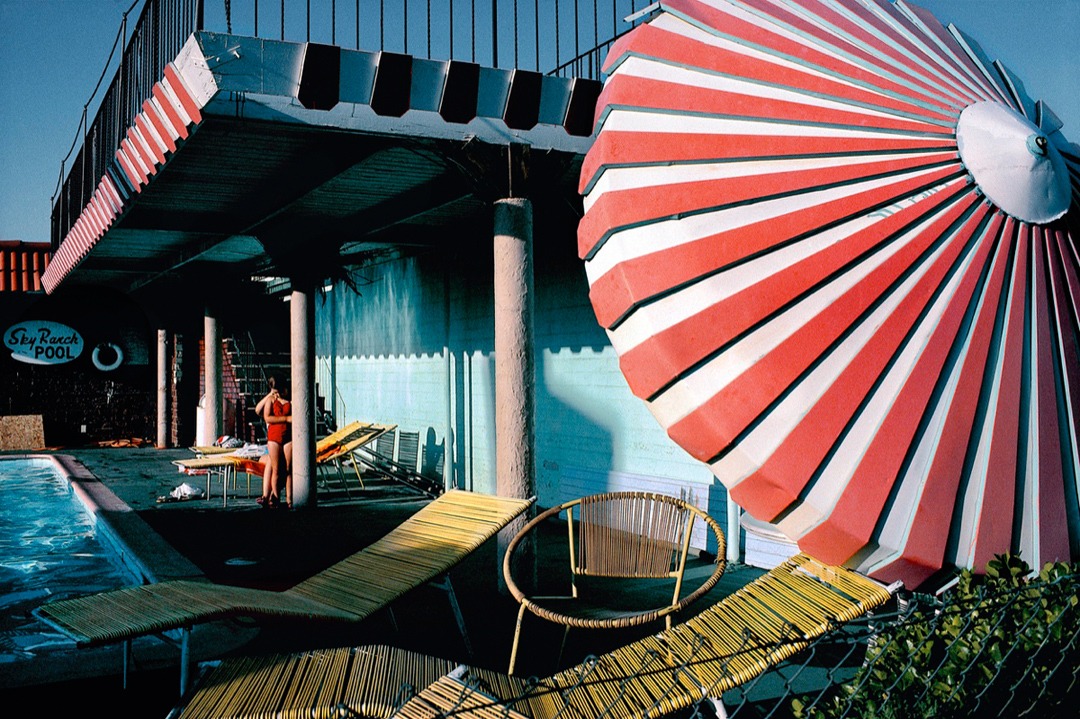
Prepaid processing
Due to its complex processing requirements, Kodachrome film was initially sold at a price which included processing by Kodak. An envelope was included with the film in which the photographer would send the exposed film to the nearest of several designated Kodak laboratories. The film was processed, mounted in 2″ x 2″ cardboard mounts in the case of 35 mm slides, and returned by mail to the sender. After 1954, as a result of the case United States v. Eastman Kodak Co., this practice was prohibited in the United States as anticompetitive. Kodak entered into a consent decree that ended this practice in the United States, and allowed independent processing laboratories to acquire the chemicals needed to process Kodachrome films.
Velvia Competes
The use of transparency film declined in the 1980s and 1990s which, combined with competition from Fuji’s Velvia slide film, caused a drop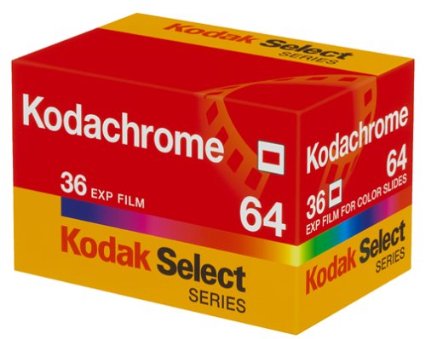
K-14 Dies
Because of the decline in business, many Kodak-owned and independent Kodachrome processing facilities were closed. The loss of processing availability further accelerated the decline in Kodachrome sales. In 1999, Kodak attempted to increase the availability of K-14 processing through its K-Lab program. This effort did not endure and all the K-labs were closed by 2005.
On July 25, 2006, extensive documentation about Kodak’s Lausanne Kodachrome lab’s impending closure was sent to the European Parliament by the Dutch office of the European Parliament because, although located in Switzerland, the facility served all of Europe and its closure would affect European photographers. The Parliamentary committees for Culture and Education and for Internal Market and Consumer Protection studied the matter.
Cessation of processing
As Dwayne’s final processing deadline approached, thousands of stored rolls of film were sent in for processing. Once film received by the deadline had been developed, the world’s last K-14 processing machine was taken out of service. The final roll to be processed was exposed by Dwayne Steinle, owner of Dwayne’s Photo. Memorialized in the Netflix movie ‘Kodachrome’ with Ed Harris. When the photographer’s son ask him why he doesn’t just use digital like everyone else,… the Ed Harris character replies,…”Have you ever squeezed fake boobs?” ‘Nuf said.
As Fred Herzog said, “I have to thank Kodak for making that product. Without that product, we would not have the pictures. Pictures that were taken on other films have suffered more than Kodachrome. Kodachrome was thought to last 50 years, and it has.” And with that, we say our last good-byes. The only thing left is the dream.

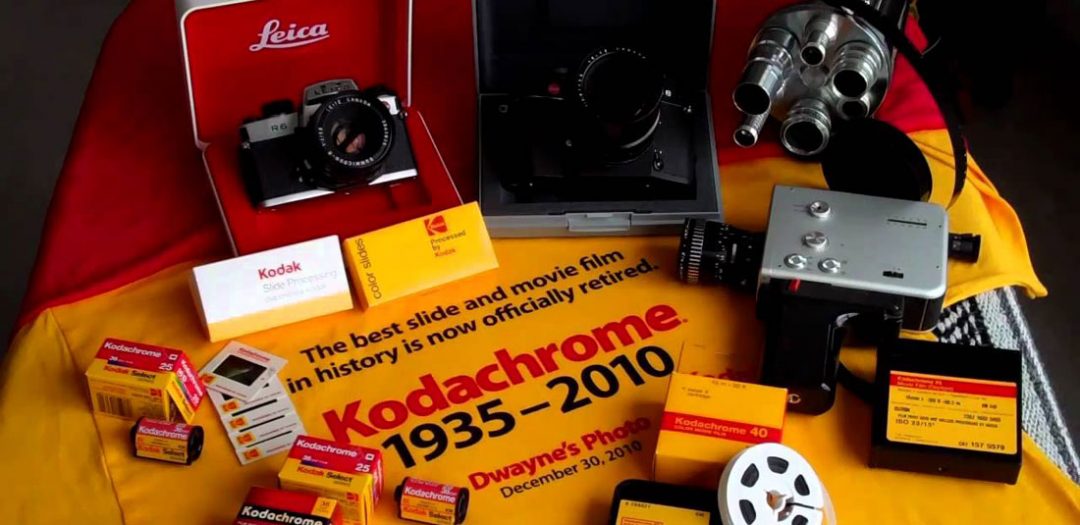
Worked for Eastman Kodak for 23 years. Us employees took great pride in the product we produced and sold. So sad to see what has happened to the company and the great products they produced.
All I can say about that is,….DITTO! At least we still have Tri-X. 😁
Federico
I have boxes and boxes of slides, my deceased father who got me into analog photography at age 5 in our basement. He traveled as an engineer being the best person to oversee the installation of textile equipment he designed, rocket fuel and if he’d been an entrepreneur he probably would have instead sailed the 7 seas or gone to the moon. I actually teared up reading this. I want to project one day before I am gone, all of his slides in Europe, in Asia, in Charlotte, NC and other exciting places he traveled. My hero. I will probably end up projecting them onto double folded sheets or rent a screen (gave mine away). I am very sad about this and only people who have shot both film and digital appreciate the depth we miss with this film.